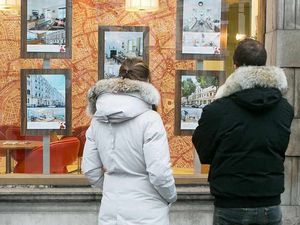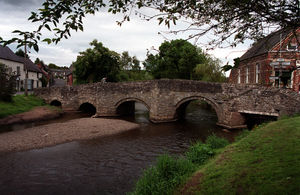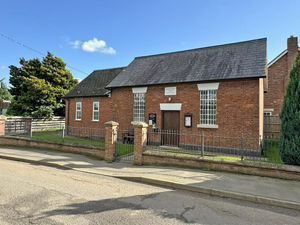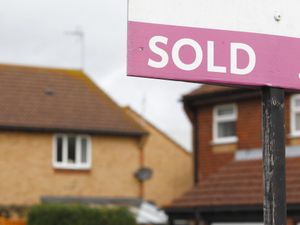The most popular place for city dwellers moving to Shropshire may surprise you
According to the last census it had a population of just 739, and is best known for its Norman castle and the 15th century stone bridge over the river which gives the town its name.

But Clun has emerged as one of the hotspots in a new survey of the most in-demand places to live for city dwellers looking to make a new life in the countryside.
The survey, by London-based real estate firm Hamptons, ranked the south Shropshire town as the sixth fastest growing in the country for property sales, far outperforming the trendy parts of London.
The number of houses sold in the town has seen a 39 per cent increase of the past 12 months, with 78 properties sold for an average price of £267,978.

The research showed that there has been a growing trend of people quitting the rat race of city living for a quieter life in the country over the past few years.
Last year, 40,472 people across the UK moved from the city to the countryside, the largest number for 10 years, while 53,963 left leafy suburbia for a more rural environment.
The number of people moving to the country has seen a steady rise for the past five years.
Anthony Wood, partner in Samuel Wood estate agents in nearby Craven Arms, said he was not at all surprised that more people were turning to areas like Clun to make their home.
"I have known it all my life, I think it's a great little town," he said.
"It is one of the few villages or small towns that has all the facilities, a doctors' surgery, petrol station, a couple of pubs and shops, and being in an area of outstanding natural beauty doesn't hurt either."
He said that for a long time the more rural parts of Shropshire had attracted people who had become tired of life in big cities, but in recent years that had been a trend towards properties in small towns and villages.
"Whereas 10-15 years ago people fed up with living in London or the West Midlands would have gone for somewhere more remote and very rural, the trend is now for somewhere on the edge of a small town or village."
The study found the fastest growing hotspot in the UK was Hayton, near Carlisle, which saw a 57 per cent increase in the number of sales over the past year.
In second place was Levens in the Lake district, where there had been a 55 per cent increase in sales.
Long Crendon in Buckinghamshire was up by 51 per cent, and Leyburn, near Richmond in North Yorkshire, saw a 42 per cent increase in sales.
David Fell, research analyst at Hamptons, said the big growth area was in rural locations which provided easy access to the major towns and cities.
"The trend to move to the country has continued even as the market in the capital has weakened," he says.
“It’s well-connected rural markets that are benefiting from the exodus rather than places in the middle of nowhere.”
“While most people moving home last year ended up less than three miles from where they started, for a growing minority a move brings with it a big change in lifestyle.
"Over the last 12 months 94,000 people made the move out to the countryside, the highest number since 2007. "While some move hundreds of miles looking for absolute isolation, most start a new life on the edge of the greenbelt just a few miles from their old home."
He said there was a clear pattern for those quitting the city for somewhere quieter, and those who tried living in suburbia before moving to the countryside were most likely to settle.
“The vast majority of the people moving out of the city end up in suburbia, a handy halfway house for those tired of city life but aren’t quite ready to completely let go," said Mr Fell.
"From there a second move into the sticks becomes increasingly probable, with suburban sellers 50 per cent more likely to move out to the countryside than those from the city. But those city leavers who cut out suburbia are nearly twice as likely to move back again.”





